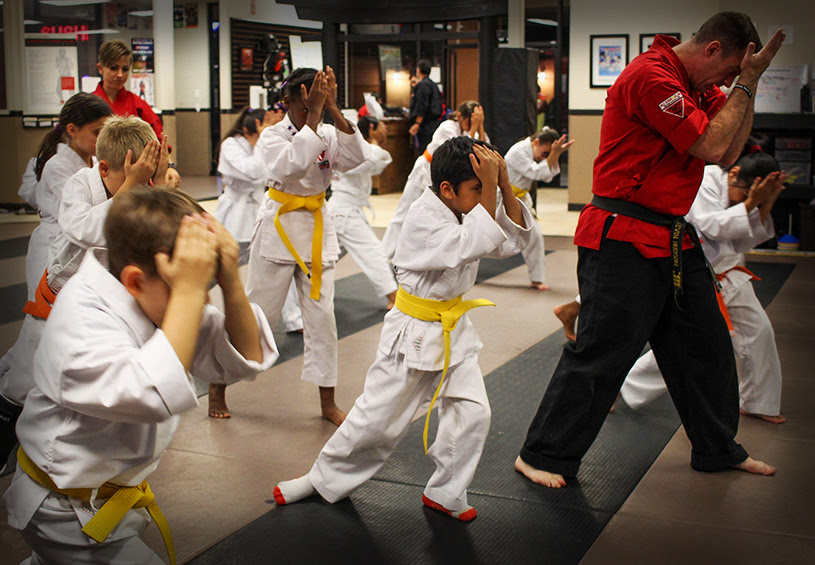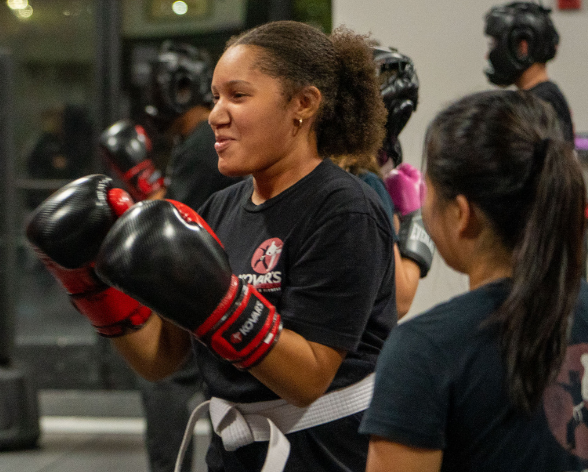How to Teach Kids to Stand Up for Themselves (Without Encouraging Aggression)
Learn how to help your child build the confidence to speak up, set boundaries, and handle conflict—without resorting to aggression.

“Speak Up!” Isn’t Always That Simple for Kids
If your child has ever come home upset after being left out, pushed around, or talked over—but didn’t know how to respond—you’re not alone. Many kids struggle to find the right balance between staying silent and acting out. As a parent, you want to raise a child who is kind but not passive—assertive but not aggressive.
So, how do you teach your child to stand up for themselves with confidence, not conflict?
Why Self-Advocacy Is One of the Most Important Life Skills
The ability to speak up respectfully and set boundaries helps kids:
- Navigate friendships and peer pressure
- Protect themselves in unsafe situations
- Develop strong self-worth and independence
- Prepare for leadership and future challenges
According to the American Psychological Association, teaching assertiveness helps children reduce anxiety and build healthier relationships—both at school and later in life.
The Difference Between Assertive and Aggressive Behavior
It’s important that kids learn to communicate confidently without crossing the line. Here’s how to help them understand the difference:
- Assertive: Calm voice, confident posture, clear boundaries (“Please don’t talk to me like that.”)
- Aggressive: Yelling, threatening, or hurting others to get what they want
- Passive: Staying silent, avoiding conflict, or going along with things they’re uncomfortable with
Teaching assertiveness means giving kids the tools to be respectful, direct, and self-assured.
5 Practical Ways to Build Confidence and Assertiveness in Kids
1. Practice Role-Playing
Use real-life examples and act them out. “What would you sayif someone took your seat?” Practicing responses makes them feel more naturalin the moment.
2. Encourage Eye Contact and Body Language
Teach your child that standing tall, making eye contact, and using a clear voice shows confidence—even when they feel nervous.
3. Praise Assertive Behavior
When your child speaks up appropriately, celebrate it. Reinforce that it’s okay to ask for what they need.
4. Teach “I” Statements
Instead of blaming, show them how to express feelings constructively: “I don’t like it when you push me. Please stop.”
5. Enroll in Confidence-Building Activities
Structured environments that teach respect, control, and self-expression—like martial arts—can significantly boost assertiveness.
How Martial Arts Teaches Kids to Stand Up for Themselves
At first glance, martial arts might seem all about physical defense—but its real power lies in what it teaches mentally and emotionally.
Here’s how martial arts supports assertiveness:
- Confidence through competence: As kids learn physical skills, they naturally gain confidence in themselves.
- Clear boundaries: Martial arts teaches when and how to use strength responsibly.
- Respect-based communication: Students learn to speak up, take turns, and treat others with dignity—even under pressure.
- De-escalation skills: Programs emphasize avoiding conflict when possible, and managing it effectively when necessary.
In essence, martial arts gives kids the voice and the presence to advocate for themselves—without aggression.
Empowerment Starts with the Right Environment
At Kovar’s Martial Arts, we specialize in helping kids find their voice. With 9 Sacramento-area locations, our programs provide a structured, supportive space where children learn:
- Confidence in communication
- Respect for others and themselves
- The ability to stand strong—mentally and physically
Want to raise a child who can stand tall, speak clearly, and walk away from conflict with confidence? Explore how Kovar’s Martial Arts helps kids build true self-assurance.



